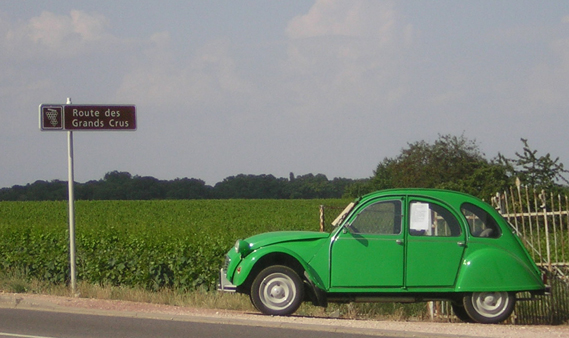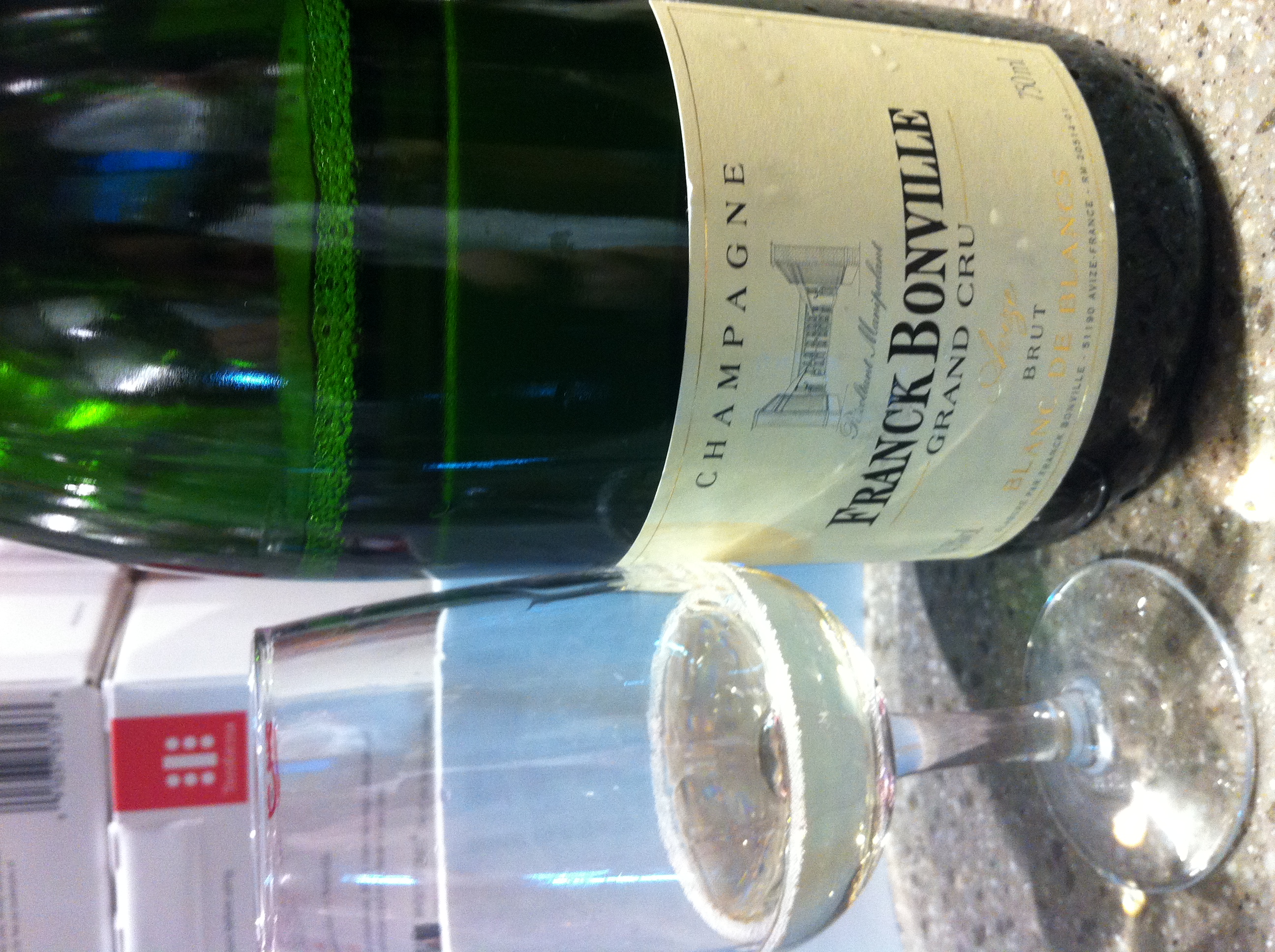|
Vougeot
Vougeot () is a commune in the Côte-d'Or department and Bourgogne-Franche-Comté region of eastern France. Population Wine The historical wall-enclosed Grand Cru vineyard Clos Vougeot is situated within the commune and makes up most of its vineyard surface. Notable people Vintner Jean-Charles Boisset was born in Vougeot. See also *Clos Vougeot *Communes of the Côte-d'Or department *Route des Grands Crus The Route des Grands Crus (roughly, "road of the great wines") is the name of a tourist route situated in Burgundy, France. The approximately 60-kilometre route runs along the foot of the Côte d'Or escarpment, from Dijon in the north to Santen ... References Communes of Côte-d'Or {{CôteOr-geo-stub ... [...More Info...] [...Related Items...] OR: [Wikipedia] [Google] [Baidu] |
Clos Vougeot
Clos de Vougeot, also known as Clos Vougeot, is a wall-enclosed vineyard, a ''clos'', in the Burgundy wine region, and an ''Appellation d'origine contrôlée'' (AOC) for red wine from this vineyard. It was named for the River Vouge, which is in fact only a stream separating the village Vougeot from Chambolle-Musigny. At , Clos de Vougeot is the largest single vineyard in Côte de Nuits entitled to the grand cru designation, while Corton in Côte de Beaune is the largest grand cru in Burgundy as a whole. History The Clos de Vougeot vineyard was created by Cistercian monks of Cîteaux Abbey, the order's mother abbey. The land making up the vineyard was purchased by the Cistercians, or donated to them, from the 12th century to the early 14th century. The initial vineyard consisted of donations in 1109 to 1115. The vineyard was complete, and a wall had been built around it, by the year 1336. It served as the flagship vineyard of the Cistercians, and has been a highly recogni ... [...More Info...] [...Related Items...] OR: [Wikipedia] [Google] [Baidu] |
Jean-Charles Boisset
Jean-Charles Boisset (born 1969) is a French vintner and the proprietor of the Boisset Collection, which operates 28 wineries in California, France, and Canada. Boisset comes from a viticultural family. His father and mother founded a winery in Burgundy, France, in 1961. When a young Boisset visited Buena Vista Winery, in California, with his sister and grandparents, the 11 year old Boisset shared with his family that he wanted to live in the United States one day. Boisset moved to California in the early nineties and purchased his first winery, Lyeth Estates and in 1999 he co-founded Domaine de la Vougeraie with his sister, Nathalie. In 2003, Boisset purchased DeLoach Vineyards in California's Russian River Valley AVA, followed by Raymond Vineyards, located in Napa Valley, California, in 2009 and Buena Vista Winery, located in Sonoma, California, in 2011. Early life Jean-Charles Boisset is the son of Jean-Claude and Claudine Boisset, who founded their family winery, Jean-C ... [...More Info...] [...Related Items...] OR: [Wikipedia] [Google] [Baidu] |
Route Des Grands Crus
The Route des Grands Crus (roughly, "road of the great wines") is the name of a tourist route situated in Burgundy, France. The approximately 60-kilometre route runs along the foot of the Côte d'Or escarpment, from Dijon in the north to Santenay in the south. Thus it runs through many of the great appellations of Burgundy wine, hence the name of the route. It takes the visitor through the vineyards of the Côte de Nuits and the Côte de Beaune and the back hills ( Hautes-Côtes) behind and above the wine slopes. It is punctuated by 33 villages or little towns, including Beaune, many of which have picturesque churches. Route From north to south: * Marsannay-la-Côte * Côte de Nuits ** Fixin ** Gevrey-Chambertin ** Morey-Saint-Denis ** Chambolle-Musigny ** Vougeot ** Flagey-Echézeaux ** Vosne-Romanée ** Nuits-Saint-Georges * Côte de Beaune ** Aloxe-Corton ** Savigny-Lès-Beaune ** Beaune ** Pommard ** Volnay ** Meursault See also *French wine *Burgundy wine *Côte d ... [...More Info...] [...Related Items...] OR: [Wikipedia] [Google] [Baidu] |
Côte-d'Or
Côte-d'Or (; literally, "Golden Slope") is a département in the Bourgogne-Franche-Comté region of Northeastern France. In 2019, it had a population of 534,124.Populations légales 2019: 21 Côte-d'Or INSEE Its prefecture is and subprefectures are and |
Communes Of The Côte-d'Or Department
The following is a list of the 698 Communes of France, communes of the Côte-d'Or Departments of France, department of France. The communes cooperate in the following Communes of France#Intercommunality, intercommunalities (as of 2020):BANATIC Périmètre des EPCI à fiscalité propre. Accessed 3 July 2020. *Dijon Métropole *Communauté d'agglomération Beaune Côte et Sud (partly) *Communauté de communes Auxonne Pontailler Val de Saône *Communauté de communes Forêts, Seine et Suzon *Communauté de communes de Gevrey-Chambertin et de Nuits-Saint-Georges *Communauté de communes Mirebellois et Fontenois *Communauté de communes du Montbardois *Communauté de communes Norge et Tille *Communauté de communes Ouche et Montagne *Communauté de communes du Pays Arnay Liernais *Communauté de communes ... [...More Info...] [...Related Items...] OR: [Wikipedia] [Google] [Baidu] |
Communes Of France
The () is a level of administrative division in the French Republic. French are analogous to civil townships and incorporated municipalities in the United States and Canada, ' in Germany, ' in Italy, or ' in Spain. The United Kingdom's equivalent are civil parishes, although some areas, particularly urban areas, are unparished. are based on historical geographic communities or villages and are vested with significant powers to manage the populations and land of the geographic area covered. The are the fourth-level administrative divisions of France. vary widely in size and area, from large sprawling cities with millions of inhabitants like Paris, to small hamlets with only a handful of inhabitants. typically are based on pre-existing villages and facilitate local governance. All have names, but not all named geographic areas or groups of people residing together are ( or ), the difference residing in the lack of administrative powers. Except for the municipal arrondi ... [...More Info...] [...Related Items...] OR: [Wikipedia] [Google] [Baidu] |
Departments Of France
In the administrative divisions of France, the department (french: département, ) is one of the three levels of government under the national level ("territorial collectivities"), between the administrative regions and the communes. Ninety-six departments are in metropolitan France, and five are overseas departments, which are also classified as overseas regions. Departments are further subdivided into 332 arrondissements, and these are divided into cantons. The last two levels of government have no autonomy; they are the basis of local organisation of police, fire departments and, sometimes, administration of elections. Each department is administered by an elected body called a departmental council ( ing. lur.. From 1800 to April 2015, these were called general councils ( ing. lur.. Each council has a president. Their main areas of responsibility include the management of a number of social and welfare allowances, of junior high school () buildings and technical staff, ... [...More Info...] [...Related Items...] OR: [Wikipedia] [Google] [Baidu] |
Bourgogne-Franche-Comté
Bourgogne-Franche-Comté (; , sometimes abbreviated BFC; Arpitan: ''Borgogne-Franche-Comtât'') is a region in Eastern France created by the 2014 territorial reform of French regions, from a merger of Burgundy and Franche-Comté. The new region came into existence on 1 January 2016, after the regional elections of December 2015, electing 100 members to the Regional Council of Bourgogne-Franche-Comté. The region covers an area of and eight departments; it had a population of 2,811,423 in 2017. Its prefecture and largest city is Dijon, although the regional council sits in Besançon, making Bourgogne-Franche-Comté one of two regions in France (along with Normandy) in which the prefect does not sit in the same city as the regional council. Toponymy The text of the territorial reform law gives interim names for most of the merged regions, combining the names of their constituent regions separated by hyphens. Permanent names would be proposed by the new regional councils an ... [...More Info...] [...Related Items...] OR: [Wikipedia] [Google] [Baidu] |
Regions Of France
France is divided into eighteen administrative regions (french: régions, singular ), of which thirteen are located in metropolitan France (in Europe), while the other five are overseas regions (not to be confused with the overseas collectivities, which have a semi-autonomous status). All of the thirteen metropolitan administrative regions (including Corsica ) are further subdivided into two to thirteen administrative departments, with the prefect of each region's administrative centre's department also acting as the regional prefect. The overseas regions administratively consist of only one department each and hence also have the status of overseas departments. Most administrative regions also have the status of regional territorial collectivities, which comes with a local government, with departmental and communal collectivities below the region level. The exceptions are Corsica, French Guiana, Mayotte and Martinique, where region and department functions are managed ... [...More Info...] [...Related Items...] OR: [Wikipedia] [Google] [Baidu] |
France
France (), officially the French Republic ( ), is a country primarily located in Western Europe. It also comprises of Overseas France, overseas regions and territories in the Americas and the Atlantic Ocean, Atlantic, Pacific Ocean, Pacific and Indian Oceans. Its Metropolitan France, metropolitan area extends from the Rhine to the Atlantic Ocean and from the Mediterranean Sea to the English Channel and the North Sea; overseas territories include French Guiana in South America, Saint Pierre and Miquelon in the North Atlantic, the French West Indies, and many islands in Oceania and the Indian Ocean. Due to its several coastal territories, France has the largest exclusive economic zone in the world. France borders Belgium, Luxembourg, Germany, Switzerland, Monaco, Italy, Andorra, and Spain in continental Europe, as well as the Kingdom of the Netherlands, Netherlands, Suriname, and Brazil in the Americas via its overseas territories in French Guiana and Saint Martin (island), ... [...More Info...] [...Related Items...] OR: [Wikipedia] [Google] [Baidu] |
Grand Cru
Cru is a wine term used to indicate a high-quality vineyard or group of vineyards. It is a French word which is traditionally translated as "growth", as is the past participle of the verb "croître" (to grow); it literally means 'grown'. The term is often used within classifications of French wine. By implication, a wine that displays (or is allowed to display) the name of its ''cru'' on its wine label is supposed to exhibit the typical characteristics of this ''cru''. The terms ''Premier Cru'' and ''Grand Cru'' designate levels of presumed quality that are variously defined in different wine regions. Premier cru ''Premier cru'' is a French language wine term corresponding to "first growth" and which can be used to refer to classified vineyards, wineries and wines, with different meanings in different wine regions:J. Robinson (ed.). ''The Oxford Companion to Wine'', Third Edition. p. 544. Oxford University Press, 2006. . * For Bordeaux wine, the term is applied to classifie ... [...More Info...] [...Related Items...] OR: [Wikipedia] [Google] [Baidu] |



